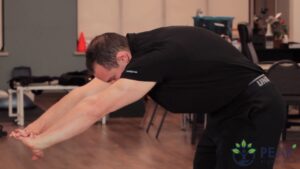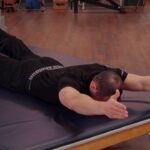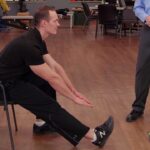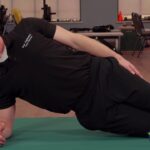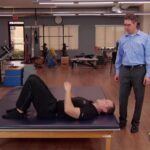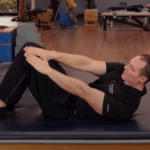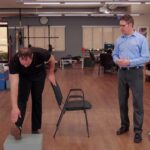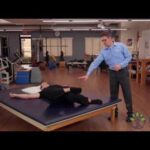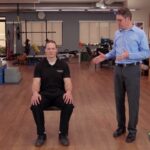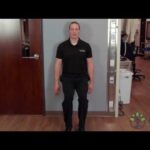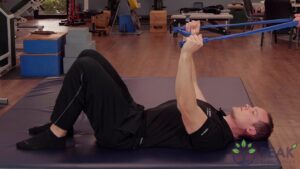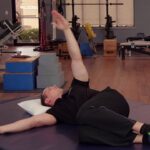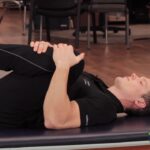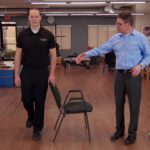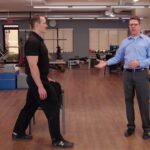Back Stretches | Early Intervention Ergonomics
What are Back Stretches?
Back stretches are exercises or movements specifically designed to stretch and elongate the muscles and soft tissues in the back. These stretches help improve flexibility, relieve muscle tension, and reduce the risk of back pain and injury. Back stretches target various areas of the back, including the lower back (lumbar region), upper back (thoracic region), and the muscles along the sides of the spine.
Back stretches can involve bending, twisting, and elongating the spine, as well as stretching the surrounding muscles and connective tissues. They may be performed in standing, sitting, or lying positions, depending on the specific stretch.
These stretches as shown in the video above, replenish nutrients and re-oxygenate the structures of the back. Perform these stretches to give your body a rest when performing activities that involve awkward postures of the back, such as bending forward, bending backward, side bending, or twisting. These are also good to do after prolonged sitting.
Early Intervention Benefits
Regularly incorporating back stretches into your routine can have several early intervention benefits, such as:
- Increasing flexibility: Stretching helps improve the range of motion in your back, making everyday movements easier and reducing the risk of muscle strains.
- Relieving muscle tension: Back stretches help relax and release tension in the muscles of the back, reducing stiffness and promoting relaxation.
- Improving posture: Stretching the muscles in the back can help lengthen tight muscles and strengthen weak ones, leading to better posture and spinal alignment.
- Promoting spinal health: Back stretches can help maintain the health and mobility of the spine by reducing the risk of disc compression and promoting optimal spinal alignment.
- Preventing back pain and injury: Regular back stretching can help prevent muscle imbalances, strain, and injuries, particularly in people who have sedentary lifestyles or perform repetitive tasks that strain the back.
Things to Remember
Remember to perform back stretches in a controlled and gradual manner, avoiding any sudden or jerky movements. It’s essential to listen to your body and not push beyond your comfort level or into pain. If you have any pre-existing back conditions or concerns, it’s advisable to consult with a healthcare professional or a physical therapist before starting a new stretching routine. These early intervention exercises are to improve overall health & fitness as well as help reduce work-related injuries.
If you have an injury or illness, consult with a health care professional before attempting.
Contact us for more information on how we can help your employees stay safe. Healthy Employees ARE the Bottom Line!
Resources
More Tools & Resources from Peak Ergonomics
Contact Us About Reducing Workplace Injuries
Healthy Employees are the Bottom Line! – Learn More!
